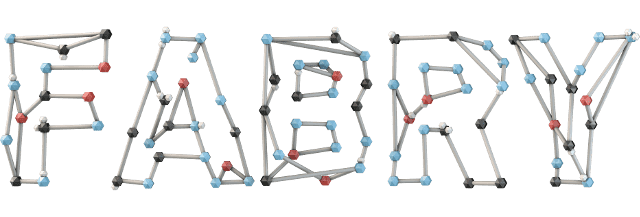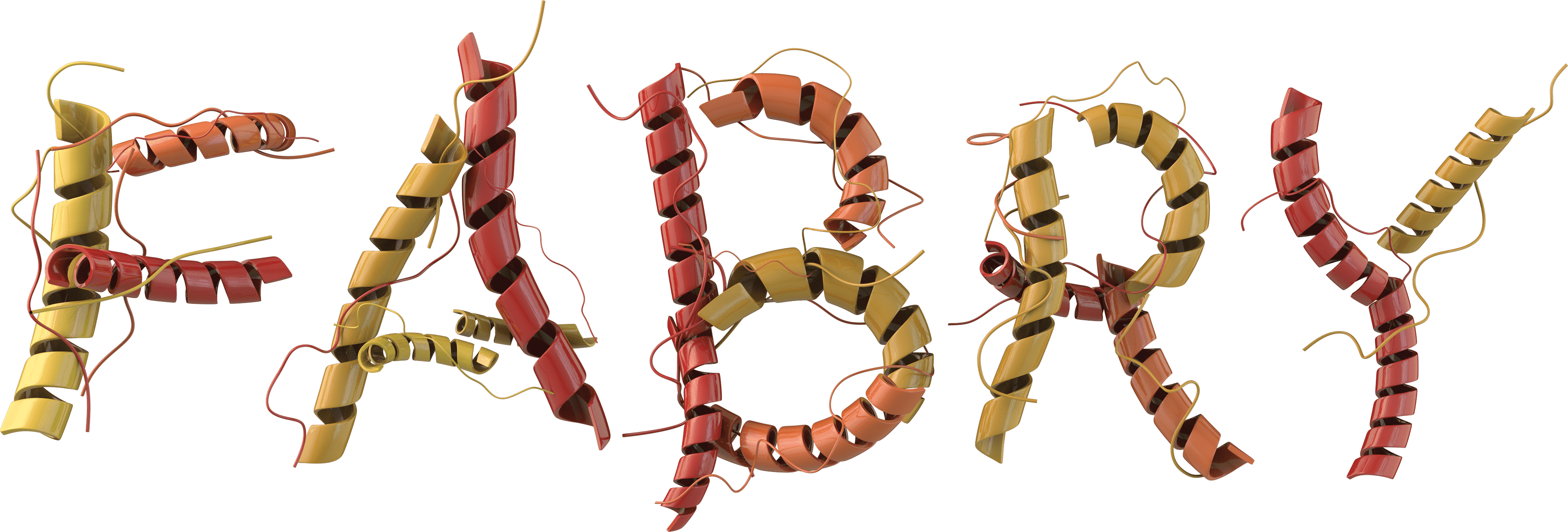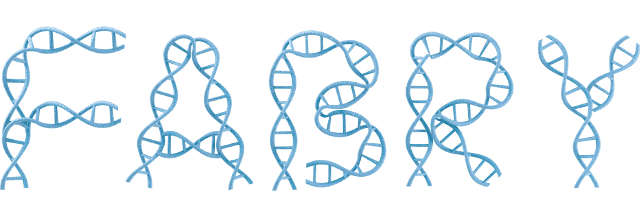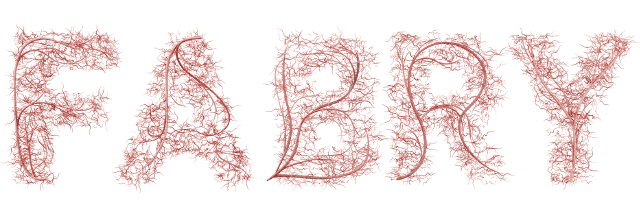Fabry Disease Phenotypes and Their
Associated Symptoms
Classic and non-classic (later-onset) phenotypes
Patients with Fabry disease are often categorized as1,2:
- Those with the classic phenotype, in whom multiple symptoms tend to manifest during childhood or adolescence, and
- Those with the non-classic or atypical phenotype, in which symptoms have a later onset and are sometimes limited to the kidneys or heart, presenting in the fourth to sixth decade of life
Unfortunately, both phenotypes can lead to renal failure, cardiac disease, and serious complications, and typically shorten lifespan.3 Some experts therefore prefer to describe Fabry as a disease with a wide spectrum of heterogeneous, progressive clinical phenotypes.2,4
Heterozygous women can experience a variable presentation of Fabry disease, ranging from asymptomatic or mild symptoms to symptoms that are as severe as those experienced by male patients.1






 Facts
Facts